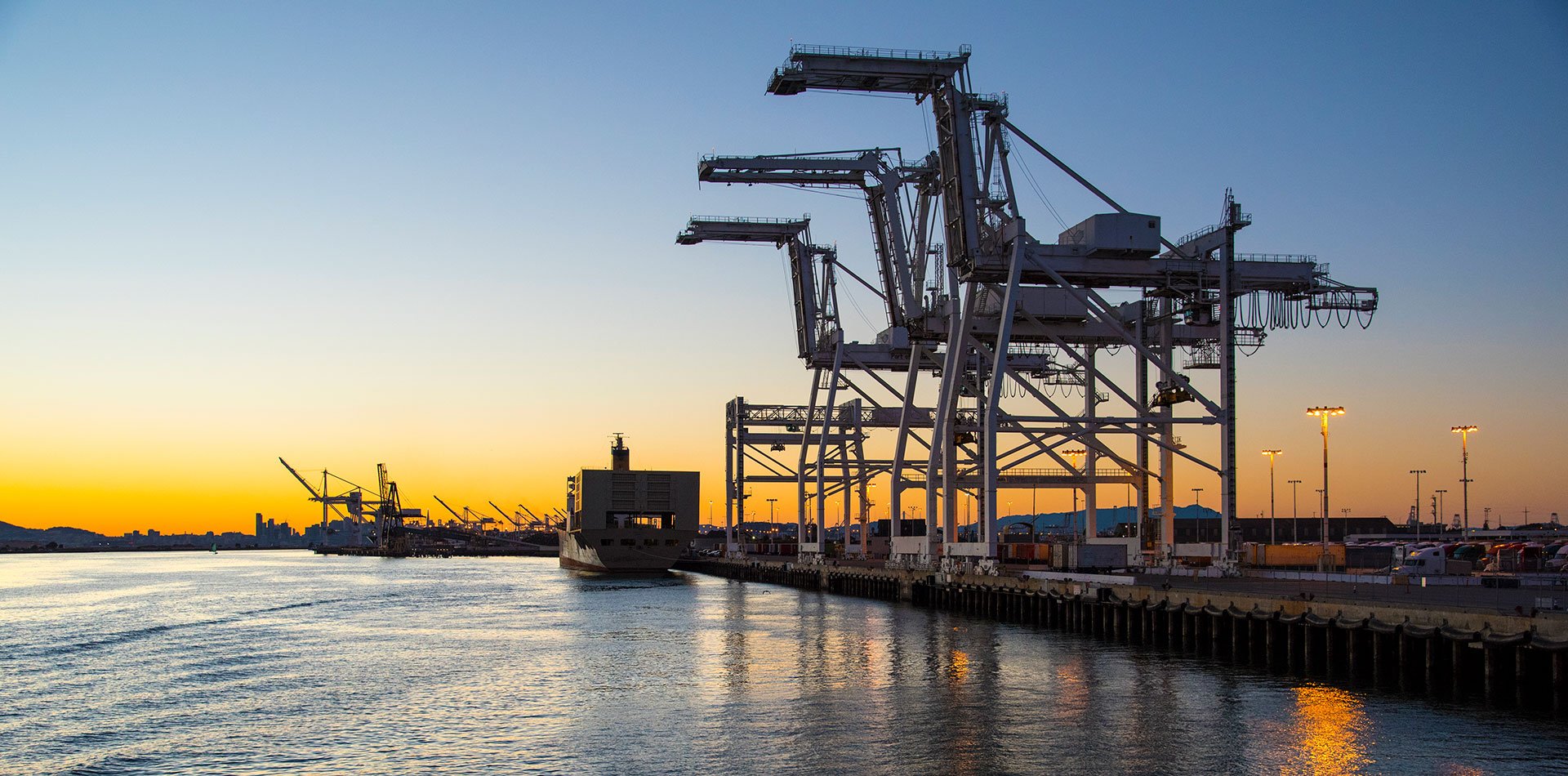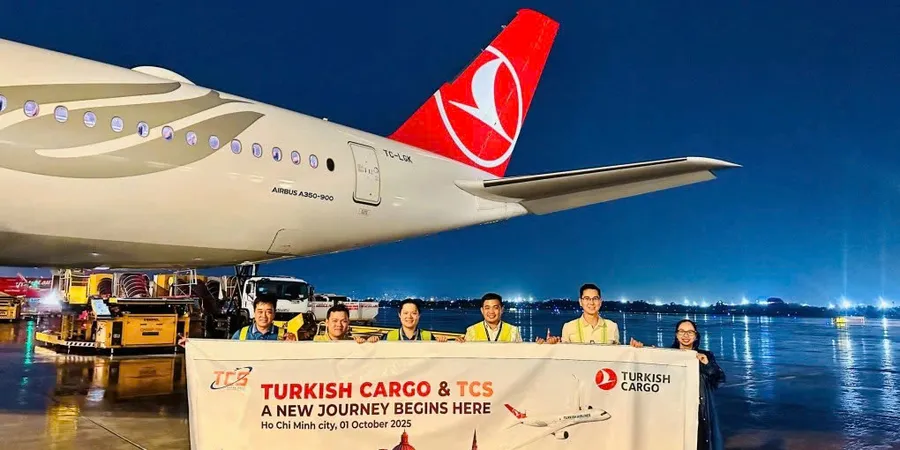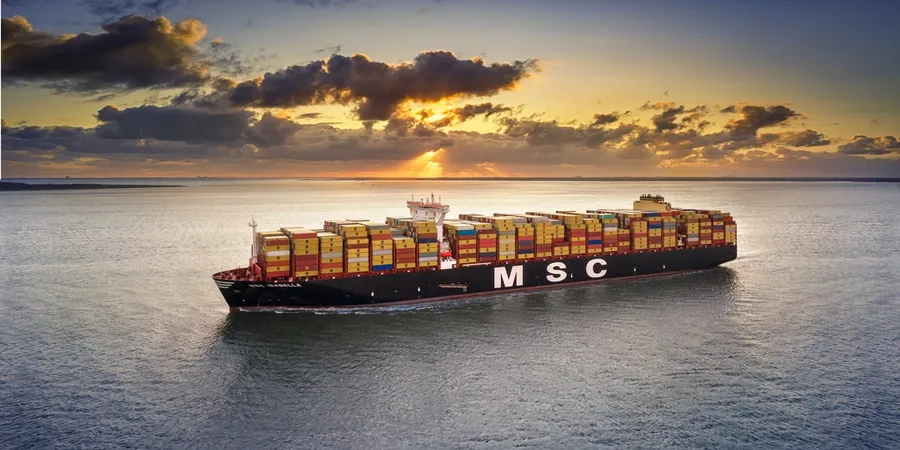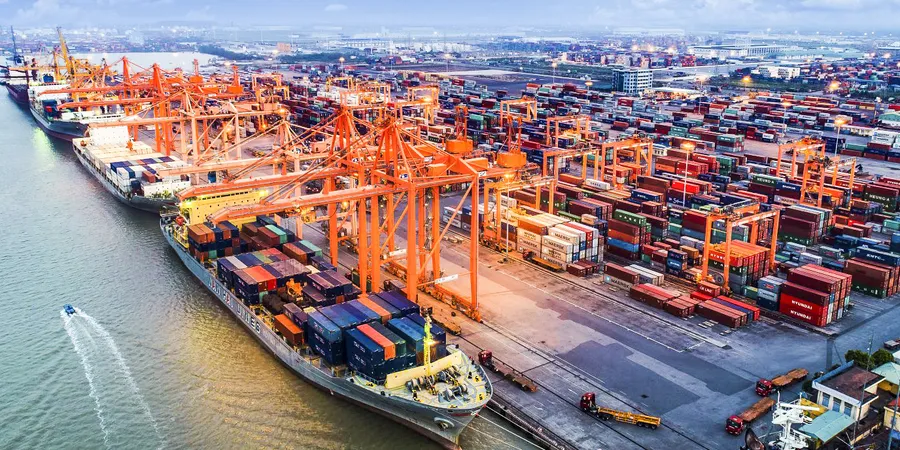Port of Oakland eyes second-time-lucky success for new transpacific services
Within weeks the transpacific market has brightened significantly for the port of Oakland, as two carriers have launched new services from Asia.
The port authority hopes these will fare better than two runs introduced earlier this year that were impacted by congestion on its docks.
Yesterday, Wan Hai Lines launched a weekly service from Kaohsiung, Ningbo and Qingdao to Oakland and Seattle.
It follows the start of a service by Matson on 27 July from Ningbo and Shanghai to Oakland and Long Beach, returning to Asia via its Honolulu base.
According to Oakland, Matson’s new venture will run three out of every five weeks, with ocean transits of 12-14 days from China.
With these new services under its belt, the port seems well positioned to see throughput rise to 2.6 million teu this year – over the first six months volumes increased 11.4% , with the box count up to 1.3m teu, with imports the main driver, surging 15% in June, while exports advanced 0.8%
The port authority described the new services as re-affirmation of rising demand for a gateway in Northern California and pointed to increased consumer demand in this part of the state, as well as a proliferation of nearby e-commerce distribution centres as major drivers of growth.
Moreover, it argues, the port is enjoying a growing role as a gateway to the US interior, as both new services make Oakland their first port of call in the country.
“The fact that it’s a first call underscores the importance cargo owners place on Oakland,” said maritime director Bryan Brandes.
The port authority hopes the new ventures will fare better than other transpacific services that were diverted or suspended earlier this year. Zim had planned an expedited run with Oakland the first port of call, but shifted it to Los Angeles owing to congestion at Oakland.
In late May, when the operation was getting under way, there were more vessels waiting for berths atvOakland than at Los Angeles. The main reason was congestion at the docks due to a shortage of labour and the temporary loss of one berth, occupied by three recently arrived post-panamax cranes.
The congestion also prompted Hapag-Lloyd and CMA CGM to change their plans. The former temporarily suspended its calls at Oakland, and CMA CGM, the first carrier to launch a fast transpacific service calling at Oakland first in North America this year, has been alternating its calls at Oakland and Seattle. And MSC announced in July it was reducing its Oakland service from weekly to fortnightly calls.
However, the new transpacific services suggest a rebound in carrier confidence in Oakland as a gateway. With the new cranes installed and congestion at Los Angeles and Long Beach worsening, the port seems in a better position to hold on to these new operations.
And on the new Wan Hai service, the port authority said it had ample rail capacity to ship imports to the interior. However, congestion on the rail system has spread, primarily from choked hubs in the interior through carrier networks, all the way to the ports.
Source: The Load Star





